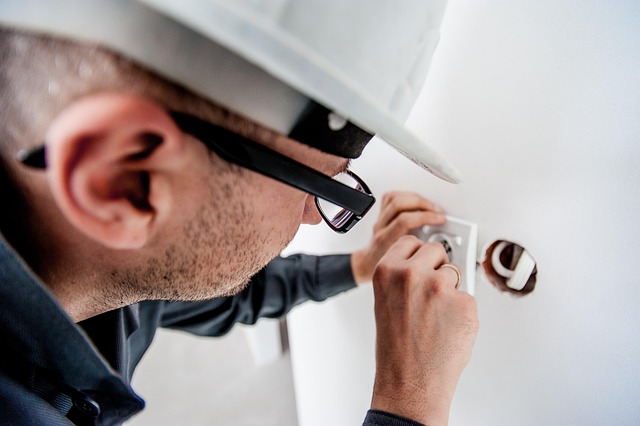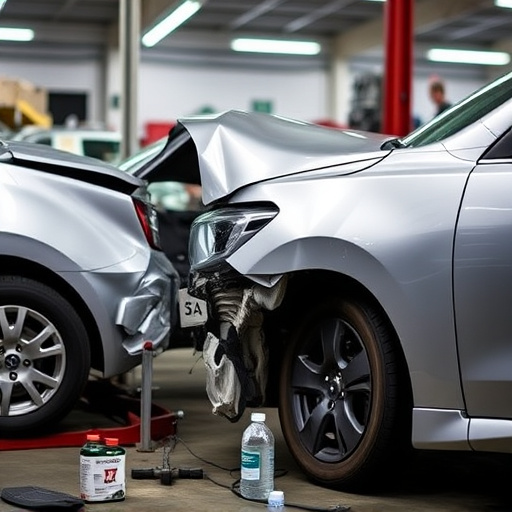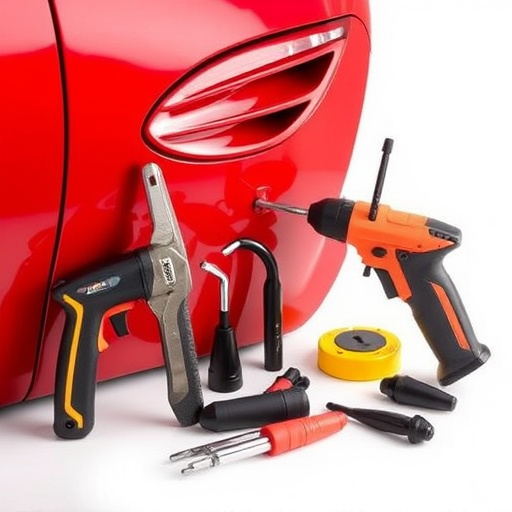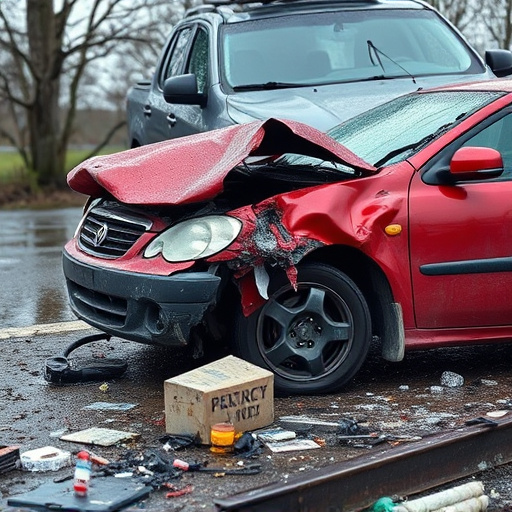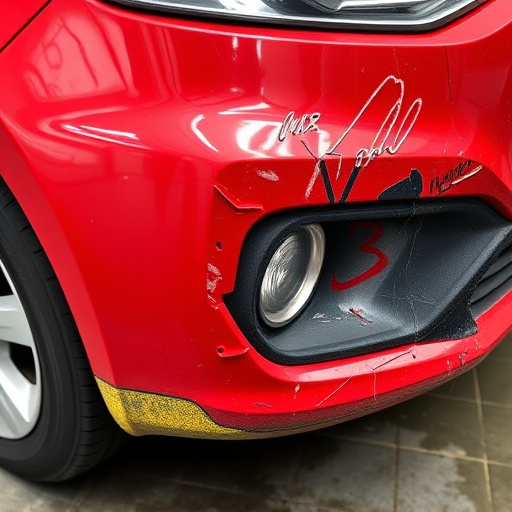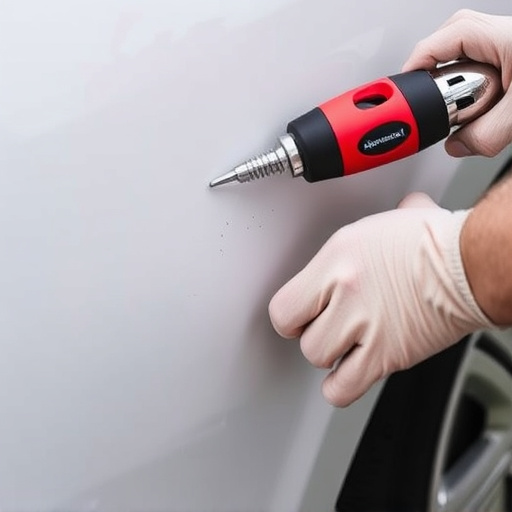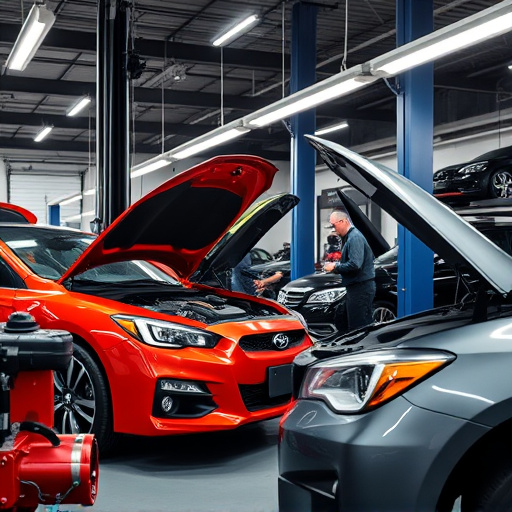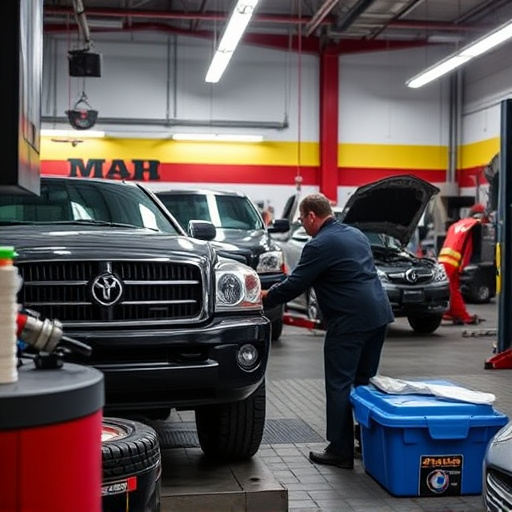Post-repair safety inspection is a critical process for auto repair shops to ensure customer satisfaction and vehicle safety. Technicians conduct thorough examinations, addressing aesthetic and functional issues. This proactive approach identifies discrepancies early, maintaining shop reputation and fostering trust with customers valuing safety and precision in car repairs. A structured method involving visual and specialized assessments, along with standardized checklists and staff training, guarantees vehicle safety and quality control.
Shops are transforming their operations through the strategic adoption of post-repair safety inspections. This meticulous process ensures that every repaired item meets stringent quality standards, fostering customer trust and satisfaction. By delving into the intricacies of understanding, implementing, and refining these inspections, businesses can enhance operational efficiency, mitigate risks, and solidify their reputation for excellence. Explore the benefits and best practices to unlock the full potential of post-repair safety inspection.
- Understanding Post-Repair Safety Inspection Processes
- Benefits of Implementing Rigorous Quality Checks
- Best Practices for Effective Post-Repair Review
Understanding Post-Repair Safety Inspection Processes
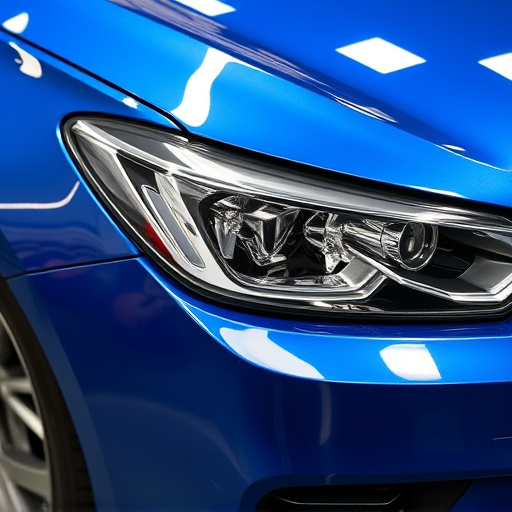
Post-repair safety inspection is a critical process that auto repair shops integrate into their service offerings to ensure customer satisfaction and vehicle safety. This meticulous procedure involves a thorough examination of the repaired vehicle, focusing on both aesthetic and functional aspects. Skilled technicians check for any signs of remaining damage, such as unsightly dents or paint imperfections, ensuring the work matches the high standards set by the shop and the client’s expectations.
By conducting these inspections, auto repair shops like those offering vehicle dent repair services can identify and rectify any discrepancies early on. This not only guarantees that every car leaving their premises is in optimal condition but also builds trust with customers. It allows businesses to maintain their reputation for quality work, fostering long-term relationships with clients who value safety and precision in car repair services.
Benefits of Implementing Rigorous Quality Checks

Implementing rigorous quality checks through post-repair safety inspections offers a multitude of benefits for shops providing automotive repair services, including car scratch repair and car collision repair. These thorough assessments ensure that every repair is carried out to the highest standards, minimizing the risk of defects or residual issues. By identifying potential problems early, workshops can prevent costly rework and enhance customer satisfaction.
Moreover, regular inspections foster a culture of continuous improvement within the shop. They provide valuable data on common repair issues, allowing technicians to refine their processes and stay updated with industry best practices. This attention to detail not only boosts the overall quality of automotive repair services but also strengthens the reputation of the shop as a reliable and trustworthy provider, especially when it comes to addressing intricate car collision repairs or subtle car scratch repairs.
Best Practices for Effective Post-Repair Review

A successful post-repair safety inspection involves a systematic approach to ensure no detail is overlooked. First, conduct a thorough visual inspection, examining every aspect of the vehicle’s bodywork for any signs of remaining damage or repair inconsistencies. This includes checking paint jobs for uniformity and ensuring all panel gaps are even. Using specialized tools, perform quality checks on structural components, such as welds and bonds, to verify their integrity.
For an efficient review, create standardized checklists tailored to different types of collision damage repairs. These checklists should include all relevant safety systems, like airbags and sensors, to ensure proper deployment and functionality after the repair. Regular training sessions for staff on post-repair inspection procedures are vital. Keeping up with best practices not only maintains high standards but also guarantees customer satisfaction and the safety of vehicles leaving the automotive body shop.
Post-repair safety inspections are a game-changer in ensuring retail excellence. By implementing rigorous quality checks, shops can identify and rectify issues early, enhancing customer satisfaction and fostering trust. Best practices include comprehensive review criteria, regular training for inspectors, and integrating feedback loops to continuously improve. Embrace these strategies to elevate your shop’s reputation through exceptional post-repair safety inspection processes.



